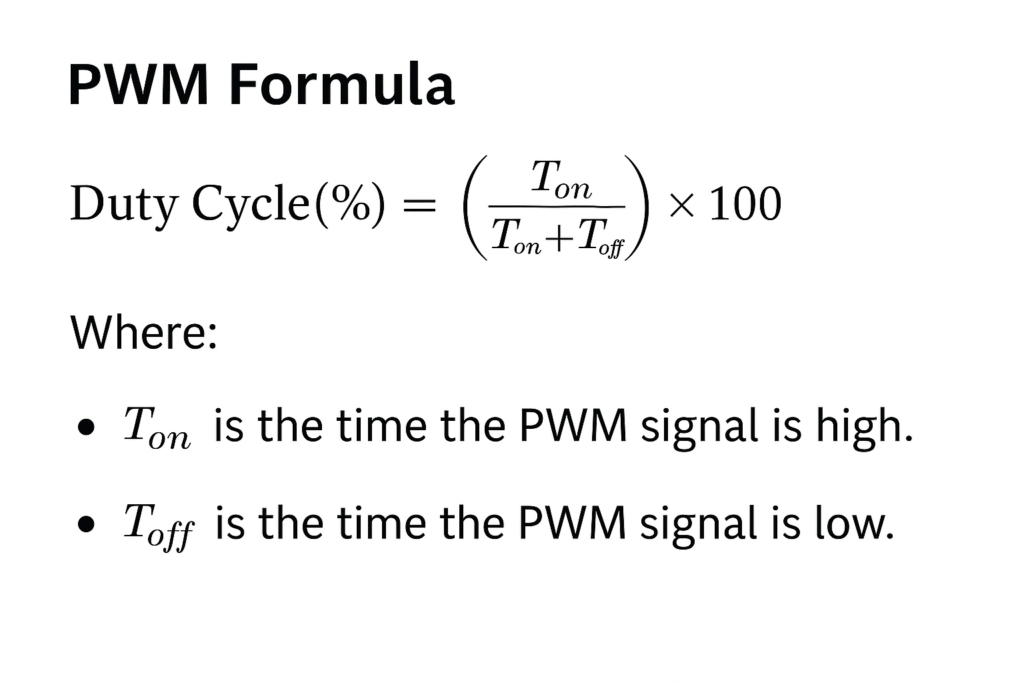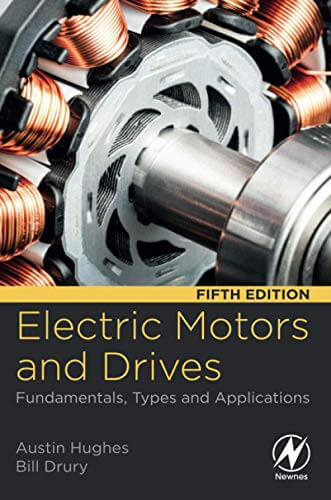Controlling the speed of a DC motor isn’t just a technical option—it’s often the key to unlocking efficiency, safety, and precise performance in your application.
Whether you’re building a robotic arm, automating a factory process, or powering a smart device, how you control your motor’s speed can make or break your project.
In this article, we’ll walk you through the most effective methods for controlling DC motor speed, with clear technical insights, practical use cases, and beginner-friendly examples using Arduino and potentiometers.
Why Does DC Motor Speed Control Matter?
Speed control is critical when you need:
- Precise movement (e.g., in robotic arms, surgical equipment)
- Adjustable flow or timing (e.g., in pumps or conveyor belts)
- Quiet and energy-efficient operation (e.g., in smart home systems)
Without proper control, a motor might run too fast, consume excess energy, or even overheat—shortening its life and reducing reliability.
Common Methods to Control DC Motor Speed
| Method | How It Works | Best For |
|---|---|---|
| Voltage Control | Adjust input voltage to change speed | Simple hobby projects |
| PWM (Pulse Width Modulation) | Switch voltage on/off rapidly to adjust average voltage | Precise, efficient control |
| Armature Resistance Control | Add resistance to reduce voltage drop across armature | Older legacy systems |
Note: PWM is the most commonly used method today due to its accuracy, efficiency, and compatibility with microcontrollers.
PWM Speed Control – Why It Works So Well
Pulse Width Modulation (PWM) controls motor speed by rapidly switching the supply voltage on and off. The longer the “on” time (duty cycle), the faster the motor spins.
Benefits:
- Excellent efficiency
- Fine-grained speed control
- Minimal heat loss
Use Cases: Drones, EV drive systems, industrial robotics, and smart fans


Real-World Applications of DC Speed Control
- Industrial Automation: Maintain conveyor belt speed precisely using a PWM controller
- Robotics: Enable accurate positioning in robotic arms
- Home Automation: Quiet fan or curtain control with variable speed
- Electric Vehicles: Optimize motor output for better range
- Medical Devices: Safely control infusion pump delivery rates

Using Arduino to Control DC Motor Speed
You can easily set up a speed control system using an Arduino, a motor driver, and a potentiometer.
Step-by-step:
- Hardware: Arduino board, L298N driver, DC motor, 10k potentiometer
- Wiring: Connect motor to L298N, potentiometer to analog input
- Code: Upload the following sample code to your Arduino. It reads the potentiometer value and adjusts the motor speed using PWM:
int motorPin = 9; // PWM pin connected to motor driver
int potPin = A0; // potentiometer pin
int potValue = 0;
int pwmValue = 0;
void setup() {
pinMode(motorPin, OUTPUT);
pinMode(potPin, INPUT); // optional, but more explicit
}
void loop() {
potValue = analogRead(potPin);
pwmValue = map(potValue, 0, 1023, 0, 255);
analogWrite(motorPin, pwmValue);
}
- Test: Upload the code and rotate the potentiometer to see speed changes

Best Practices for Engineers
- Right-sizing the motor: Always match the motor to the expected load
- Calibrate regularly: Ensure control logic outputs correct speeds
- Use quality components: Cheap motor drivers often cause instability
- Implement safety: Overcurrent protection, emergency stop buttons, and thermal shutdowns are essential
FAQ: DC Motor Speed Control
Q1: What is the most efficient way to control DC motor speed?
A: PWM (Pulse Width Modulation) is the most efficient method, offering precise control with minimal heat loss.
Q2: Can I use a transistor instead of a motor driver?
A: Yes, you can use an NPN transistor or MOSFET as a simple switch, but a motor driver offers better protection and performance.
Q3: What PWM frequency should I use for a DC motor?
A: Typically between 5kHz and 20kHz. Higher frequencies reduce audible noise, but some motors respond better at lower frequencies.
Summary
Mastering DC motor speed control gives you more than flexibility—it gives you reliability, efficiency, and better system performance.
Whether you’re using a PWM controller, Arduino-based system, or simple potentiometer, the right approach will always depend on your project’s goals.
Need Help Choosing the Right Motor? Talk to Our Engineers →
Related Articles:
- 🔗 How to Choose the Right DC Motor for Your Application?
- 🔗 Brushed vs Brushless DC Motors – Key Differences
- 🔗 How DC Motors Work – A Beginner’s Guide
- 🔗 How Many Types of DC Motors Are There?
- 🔗 DC Motor Maintenance – 10 Essential Tips
- 🔗 Why Use DC Motors in Home Automation?
Or explore:

